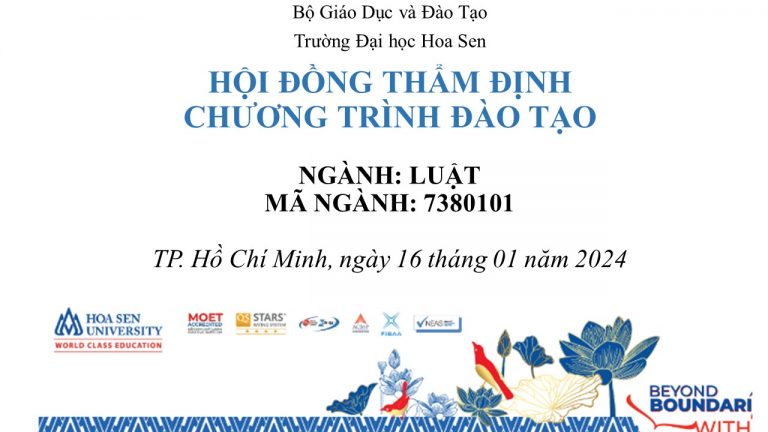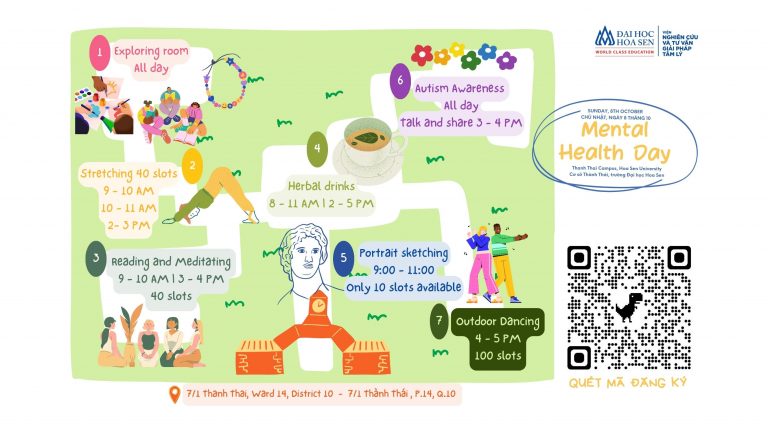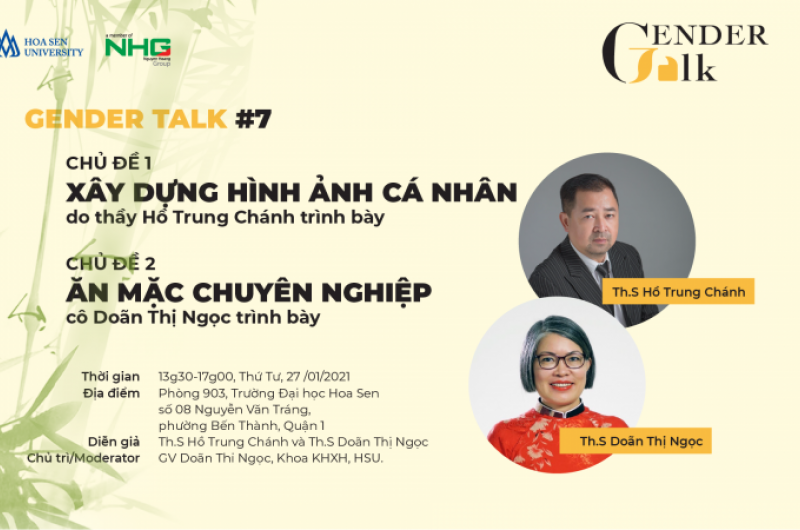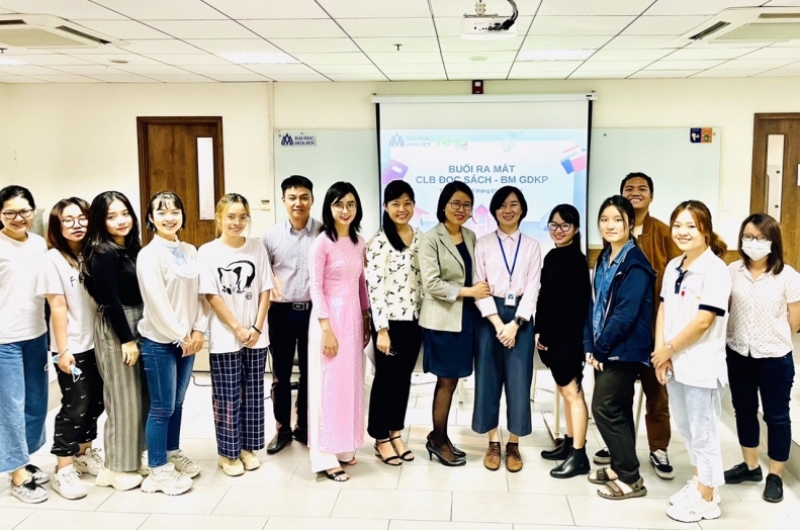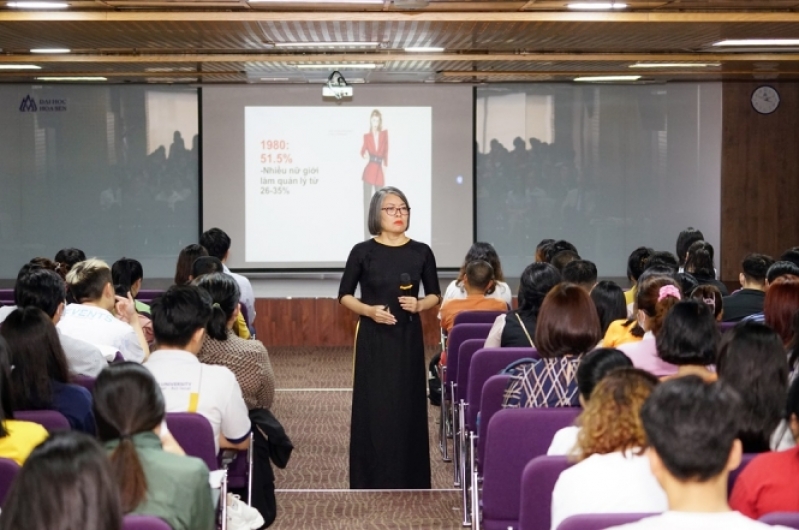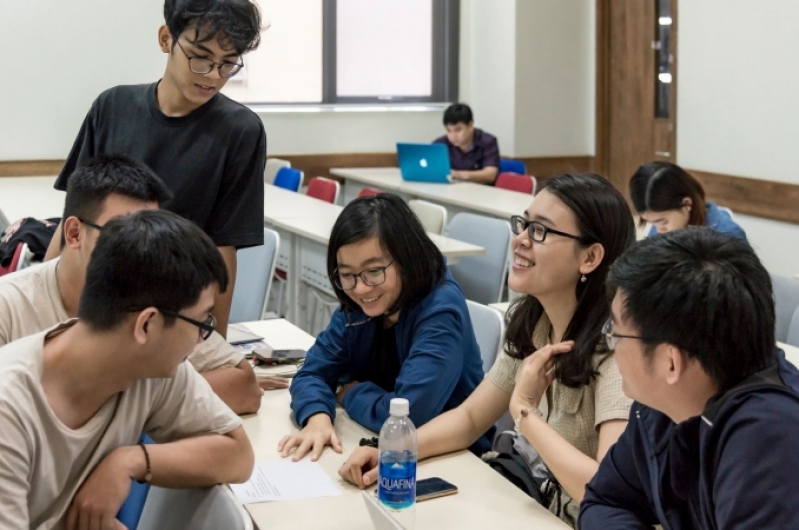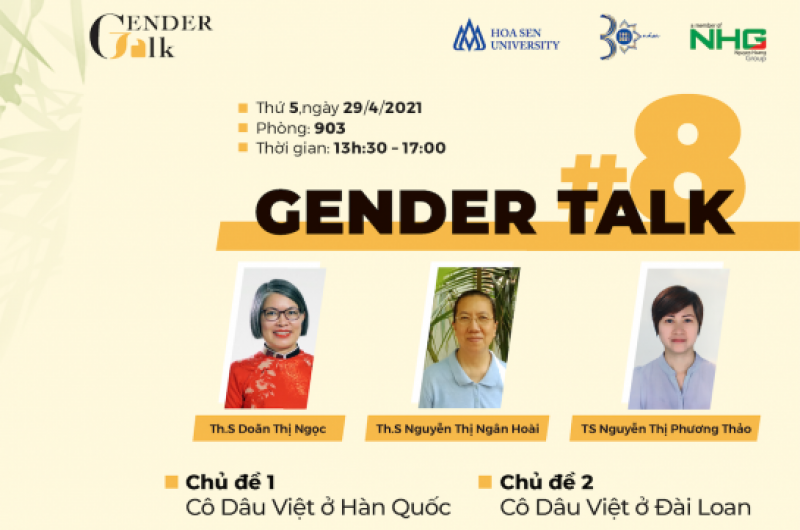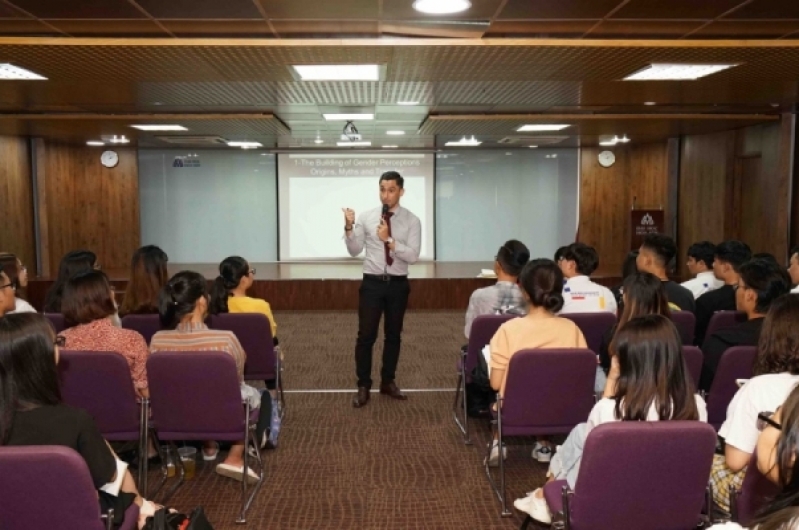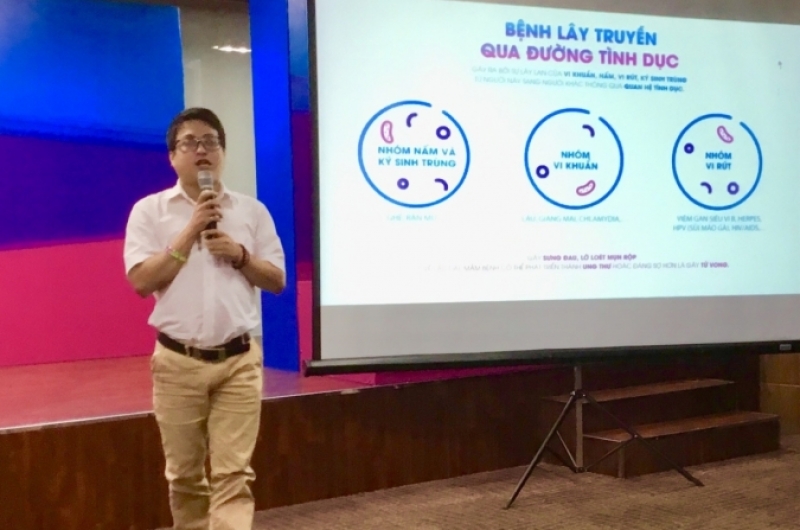Human Rights and Women’s Rights
Author: Doan Thi Ngoc – Hoa Sen University and Do Hong Quan – Ho Chi Minh City Open University

Human rights are a major content of today’s world. The desire to protect the dignity of all human beings is at the core of the concept of human rights. To fully implement international commitments, each country must regularly focus on human rights education. In recent years, Vietnam has regularly promoted forms of universalization of human rights such as teaching subjects in schools, state agencies, organizations within the political system, and scientific agencies. The University has coordinated with international and national organizations to open training courses on human rights for different subjects. This article will focus briefly on human rights and the rights of women and girls [8,9].
First, we will briefly learn about the history of human rights. In general, human rights are a human desire and this has been mentioned in ancient laws since BC [2,4,7]. However:
- In terms of time and in terms of law and formality, human rights were mentioned and referred to by many philosophers during the Enlightenment period, around the 17th-18th centuries in Europe.
- At this period, human rights were associated with many typical philosophers such as: Thomas Hobbes, John Locke, Friedrich Hegel; John Stuart Mill … . These are the authors who gave their views on human rights, especially on natural rights and legal rights.
- In general, philosophers in this period all said that: Human rights are obvious things that people possess. Therefore, human rights are completely independent of any political institution, state or party.
In his work Two Treatises Concerning the State in 1690, John Locke argued that every individual has natural rights such as the right to, life, liberty and property that no state can deny.
Article 1 of the Universal Declaration of Human Rights (UDHR) adopted by the United Nations in 1948 refers to the main pillars of the human rights system: freedom, equality, and solidarity. Freedom of thought, belief, religion as well as freedom of opinion and expression are all protected by human rights. Likewise, human rights also ensure equality, such as equal protection against all forms of discrimination in the enjoyment of all human rights, including full equality between man and woman. Solidarity is expressed in economic and social rights, such as the right to social security, remuneration, and an adequate standard of living, and the right to health and access to education is an integral part of human rights. human rights framework [9].
Article 1 of the 1948 Universal Declaration of Human Rights affirmed that: “All human beings are born free and equal in dignity and rights. They…need to treat each other in charity” [9].
In general, we can see that human rights are the basic constituent elements of human rights. There are 3 characteristics that we need to pay attention to:
- First, it is the official confirmation that: Being human means having human rights
- Second, human rights belong to everyone and are equal before everyone
- Third, human rights are inviolable rights
Clearly, the three characteristics above are the elements that constitute the normativity of many laws in many countries. And even though countries are different economically, racially, culturally, etc., the above things must still be guaranteed on a worldwide scale.
In addition, human rights are frequently discussed in the political arena. For example, politicians
may debate how to balance national security with privacy or
In addition, human rights are frequently discussed in the political arena. For example, politicians might debate how to balance national security with privacy rights, or how to balance health benefits with the right to work, as we see governments doing during the Covid-19 pandemic. 19. Or human rights are related to businesses because businesses can affect people in positive and negative ways. On the positive side, businesses create fulfilling jobs for workers, provide valuable services to consumers, and support community projects. On the negative side, businesses have unsafe working environments, pollute water sources that neighboring communities use, or sell unsafe products [9].
So we have learned about the concept of human rights as well as the characteristics of human rights. At this point, the next question that needs to be answered is: What are the main topics of concern to the United Nations (UN) regarding human rights?
Because human rights are a globally universal value system, there is an emphasis on the sacredness of life and human dignity. Therefore, the areas that the UN is concerned about human rights must cover the entire economic, political, and cultural life, etc. of many countries worldwide. And in general, there are a total of 12 issues of concern including [9]:
- The first is the prohibition of torture
- The second is to escape poverty
- Third is non-discrimination
- Fourth is the right to health
- Fifth is the rights of women and girls. We can see that: the rights of women and girls are considered one of the basic human rights
- Sixth is the rule of law and fair trial
- Seventh is religious freedom
- Eighth is the right to education
- The 9th is democratic rights
- The 10th is human rights in armed conflict
- Eleventh is the right to work
- The 12th is the right to freedom of expression and information.
Next, in the 12 areas of human rights such as equality, non-discrimination, etc., we see great attention to the rights of women and girls, who are often overlooked. disadvantage in many societies.
Women’s equal rights are recognized by the 1979 Convention on the Elimination of All Forms of Discrimination Against Women (CEDAW). This is the most important convention promoting women’s equal rights in four aspects: civil and political; economic, social, cultural and family. The CEDAW convention has identified 11 rights that women must be protected in all countries [1,3,5,6], including:
The first is the right to education.
The second is the right to adequate health care services, including family planning services.
Third is the right to borrow money from banks and participate in other forms of credit
Fourth is the right to participate in entertainment activities, sports and aspects of cultural life
Fifth is the right to decide the number children and the distance between them.
Sixth is the right to share parental duties
. Seventh is the right to enjoy equal work opportunities as well as social benefits and the right to equal remuneration on the basis of success. 8th
is the right to be protected against all forms of physical, sexual, emotional, mental and economic violence.
9th is the right to participate in elections, run for office and take part in public positions. State apparatus
10th is the right to represent their government at the international level
11th is the right to enter, change or maintain nationality.
“The human rights of women and girls are an integral and inseparable part of universal human rights.” Accordingly, all concerns of women and girls will be integrated into human rights programs and activities at the international, regional and national levels.
In fact, the rights of women and girls have long been of concern, at least from the perspectives of philosophers interested in feminist issues. Because, when referring to issues of human rights, these philosophers are also concerned about inequality between men and women, and the rights of women in society compared to men.
And among many philosophical ideas concerned about humans and the human condition. The views of two philosophers: Mary Wollstonecraft and John Stuart Mill paid special attention to the rights of women in society.
With the work considered the first feminist declaration in the world in 1792, The Work, Justifying the Rights of Women. Wollstonecraft makes two arguments:
- First, women are human beings. Therefore, we should not deny women their individual rights because of their gender.
- And second, Wollstonecraft argued that women were legally equal to men, with all rights and privileges, including the right to education, income, and property ownership.
- Another famous philosopher who was also interested in women’s rights was John Stuart Mill. These are clearly shown in the work: The Subjection of Women published in 1869.
Mill believed that women should be empowered or given the same power and privileges as men in terms of the law.
Among those rights, Mill paid great attention to the right to education and access to education. That is why we see that the right to vote and the right to comprehensive education for women are two basic rights that promoted the formation of the first wave of feminism in the world.
In short, as we know, women’s rights are human rights. Human rights are the common voice of all humanity to promote the dignity and happiness of everyone.

